 LoveAI API
VS
LoveAI API
VS
 LLM API
LLM API
LoveAI API
LoveAI API provides a unified platform for integrating over 300 advanced AI models into your applications. It supports a wide range of functionalities, including text generation, image generation, and music generation.
Designed for developers, LoveAI API ensures easy integration with any tech stack, high uptime, and scalable performance to meet growing business needs. The platform emphasizes data security and offers 24/7 support to assist with any integration or operational queries.
LLM API
LLM API enables users to access a vast selection of over 200 advanced AI models—including models from OpenAI, Anthropic, Google, Meta, xAI, and more—via a single, unified API endpoint. This service is designed for developers and enterprises seeking streamlined integration of multiple AI capabilities without the complexity of handling separate APIs for each provider.
With compatibility for any OpenAI SDK and consistent response formats, LLM API boosts productivity by simplifying the development process. The infrastructure is scalable from prototypes to production environments, with usage-based billing for cost efficiency and 24/7 support for operational reliability. This makes LLM API a versatile solution for organizations aiming to leverage state-of-the-art language, vision, and speech models at scale.
Pricing
LoveAI API Pricing
LoveAI API offers Paid pricing with plans starting from $10 per month .
LLM API Pricing
LLM API offers Usage Based pricing .
Features
LoveAI API
- Text Generation: One-click integration for ChatGPT, Llama, and Claude.
- Image Generation: Generate captivating visuals effortlessly with our Text-to-Image API.
- Music Generation: Transform text prompts into beautiful music with the power of our Text-to-Music API.
- Seamless Integration: Easily integrate and switch between different AI models with a unified API.
- Scalable Performance: Built for high uptime and scalability, LoveAI API ensures reliable performance as your business grows.
- Data Security: Top-tier data security protocols to ensure the safety and privacy of your information.
LLM API
- Multi-Provider Access: Connect to 200+ AI models from leading providers through one API
- OpenAI SDK Compatibility: Easily integrates in any language as a drop-in replacement for OpenAI APIs
- Infinite Scalability: Flexible infrastructure supporting usage from prototype to enterprise-scale applications
- Unified Response Formats: Simplifies integration with consistent API responses across all models
- Usage-Based Billing: Only pay for the AI resources you consume
- 24/7 Support: Continuous assistance ensures platform reliability
Use Cases
LoveAI API Use Cases
- Generate Realistic Chatbots for Customer Support
- Transform Text into Engaging Visual Content
- Produce Custom Music for Multimedia Projects
- Seamlessly Integrate Face Swaps for Fun and Creativity
- Automate Content Creation with Text Summarization
- Power E-commerce with AI Product Recommendations
LLM API Use Cases
- Deploying generative AI chatbots across various business platforms
- Integrating language translation, summarization, and text analysis into applications
- Accessing vision and speech recognition models for transcription and multimedia analysis
- Building educational or research tools leveraging multiple AI models
- Testing and benchmarking different foundation models without individual integrations
FAQs
LoveAI API FAQs
-
What is LoveAI API?
LoveAI API is a powerful and easy-to-integrate platform offering access to a variety of AI models. You can transform text into music, visuals, or even swap faces seamlessly with just one API. -
How do I integrate LoveAI API into my application?
Integration is simple with LoveAI API. Just change the endpoint in your existing setup and you're ready to start making API calls to generate music, images, or perform other AI tasks. -
What models can I access through LoveAI API?
LoveAI API provides access to various AI models, including text-to-image, text-to-music, and face-swapping models. You can easily switch between models through the same API without needing complex configurations. -
How scalable is LoveAI API?
LoveAI API is designed for scalability. Whether you're a small developer or an enterprise, the API handles growing user demands with low latency and flexible payment options to match your usage needs. -
Is there any AI model limitation in LoveAI API?
No, LoveAI API allows seamless access to over 200+ models with consistent performance. You can use any of the available models without worrying about limitations or additional configurations.
LLM API FAQs
-
How is pricing calculated?
Pricing is calculated based on actual usage of API resources for the AI models accessed through LLM API. -
What payment methods do you support?
Support for payment methods is detailed during account setup; users can select from standard payment options. -
How can I get support?
Support is available 24/7 via the LLM API platform, ensuring users can resolve technical or billing issues at any time. -
How is usage billed on LLM API?
Usage is billed according to the consumption of AI model calls, allowing users to pay only for what they utilize.
Uptime Monitor
Uptime Monitor
Average Uptime
0%
Average Response Time
0 ms
Last 30 Days
Uptime Monitor
Average Uptime
99.86%
Average Response Time
230.83 ms
Last 30 Days
LoveAI API
LLM API
More Comparisons:
-
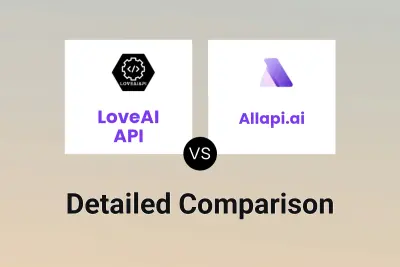
LoveAI API vs Allapi.ai Detailed comparison features, price
ComparisonView details → -
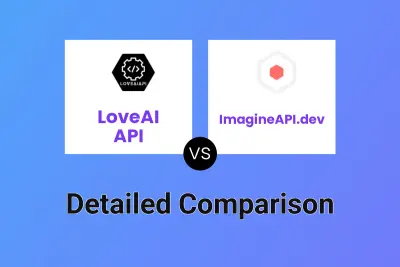
LoveAI API vs ImagineAPI.dev Detailed comparison features, price
ComparisonView details → -
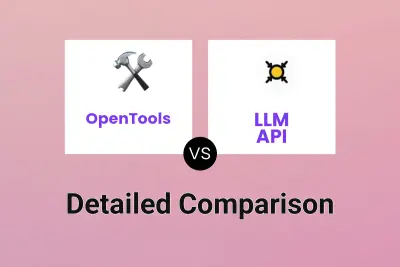
OpenTools vs LLM API Detailed comparison features, price
ComparisonView details → -

docs.litellm.ai vs LLM API Detailed comparison features, price
ComparisonView details → -
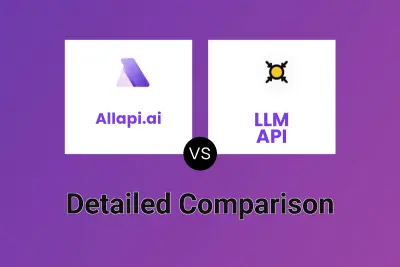
Allapi.ai vs LLM API Detailed comparison features, price
ComparisonView details → -
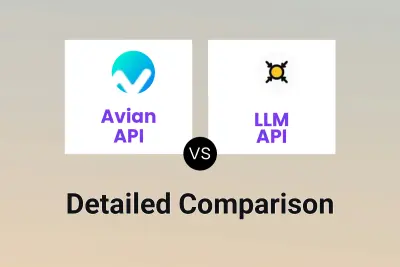
Avian API vs LLM API Detailed comparison features, price
ComparisonView details → -
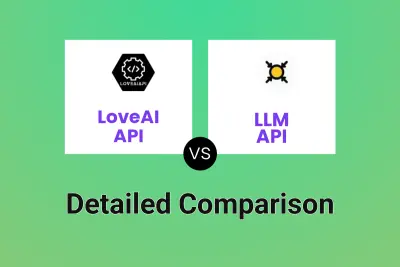
LoveAI API vs LLM API Detailed comparison features, price
ComparisonView details → -

LLM Price Check vs LLM API Detailed comparison features, price
ComparisonView details →
Didn't find tool you were looking for?